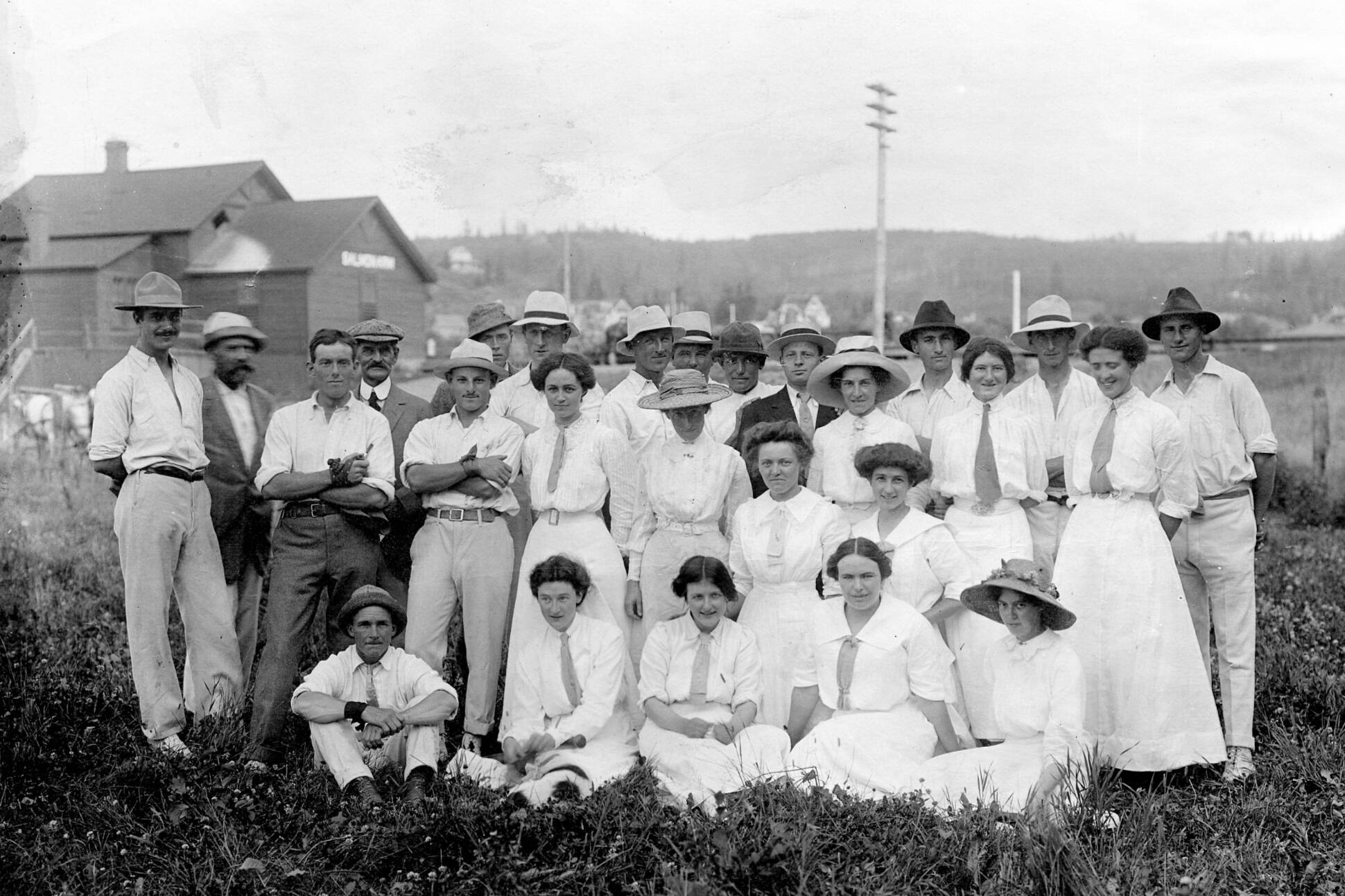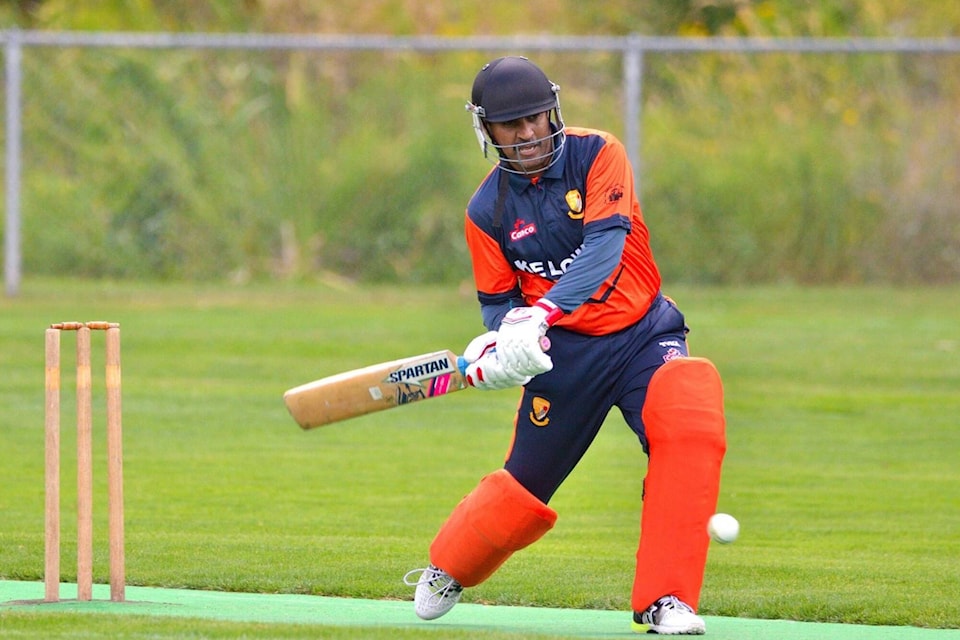Salmon Arm’s Prasad Savanagouder loves cricket – and he’s not alone.
About 25 people are currently registered with the Salmon Arm Cricket Club, he says, and more are waiting in the wings. This is not unusual. With people in 95 countries participating, cricket is second only to soccer in terms of global popularity.
Although current cricket enthusiasts have been playing in the city for about a year, sometimes at JL Jackson field and more recently at Bastion Elementary, they’re looking for a proper playing facility.
Savanagouder explains there are two types of cricket, one with a leather ball similar to a baseball that requires a cemented pitch, the other with a ball a little harder than a tennis ball that can bounce on a grass field.
The first follows official requirements and is generally preferred.
Savanagouder was one of three people named on a recent letter to city council from the club, requesting a place to play. The letter outlined what’s required: ground that’s “60 to 90 yards all around and can be in a round or oval shape,” including a pitch that is 80 feet long and 15 feet wide with a cement base layer covered with matting.
“We are formally requesting the Honorable Mayor and the Council members to kindly consider our request favorably and help us to raise the awareness and help the community by giving the youths in town another avenue to learn a new game.”
“We would request that a city park or suitable grounds be provided to Salmon Arm Cricket Club to train and promote the game of Cricket in Salmon Arm.”
The letter noted the only cost to the city would be approving a spot and granting permission to prepare the pitch and ground. The club would raise the funds required for the pitch, estimated at approximately $10,000. That would include laying down the cement and covering it with appropriate matting.
Savanagouder said the pitch and its two-centimetre-thick green matting would be flush with the existing field, so the field could be used for other sports. He pointed to a field in Kelowna, which, when not being used for cricket, is used for soccer and rugby.

Why cricket? Savanagouder says it’s fun, it’s a team sport, it can involve strategy and technical skills and, particularly, it’s a great opportunity for socializing, for being involved with other people.
He said the best way to describe the game to people who are unfamiliar is it’s similar to baseball – but with two bases instead of four. The pitcher, called the bowler, has to have round-arm action rather than a baseball pitch.
Fifteen to 20 people make up a team with only 11 playing.
Salmon Arm council members expressed willingness to accommodate the cricket players.
Rob Niewenhuizen, the city’s director of engineering and public works, said staff have worked with the club in the past. Because a lot of activity takes place in the rectangular pitch, the city has had to replace the pitch turf at Jackson field. He said the question is, where best to put cricket? Jackson might be the best option, he said, and would require the school district’s approval under the joint-use agreement.
He suggested staff could work with the club and then come back to council for final approval.
Couns. Debbie Cannon and Tim Lavery liked the plan. Mayor Alan Harrison agreed a staff recommendation would be a good next step.
“Either to do it here or, we can’t do it, and we will talk more about it. I think all of us would love to see a cricket pitch.”
Savanagouder said cricket is growing rapidly across Canada and in the region. Revelstoke recently started its own team while Kelowna has seven, Vernon has one, Kamloops three and Okanagan Falls three, he said.
Supporting cricket in Salmon Arm would be more of a revival than something new. He pointed out the city had one of the first Interior teams in B.C. in the late 1800s, along with Vernon, Naramata and Penticton.
The club’s letter stated: “With a past that beckons and a future that is bright, we are looking to revive and establish this sport in Salmon Arm.”
If you’re interested in cricket, you can reach Prasad Savanagouder at 250-463-4732.

Read more: City says sufficient soccer fields in Salmon Arm to be open for spring season
Read more: Salmon Arm’s Bollywood Bang fundraiser draws appreciation but no break on facility rental
martha.wickett@saobserver.net
Like us on Facebook and follow us on Twitter and subscribe to our daily newsletter.

